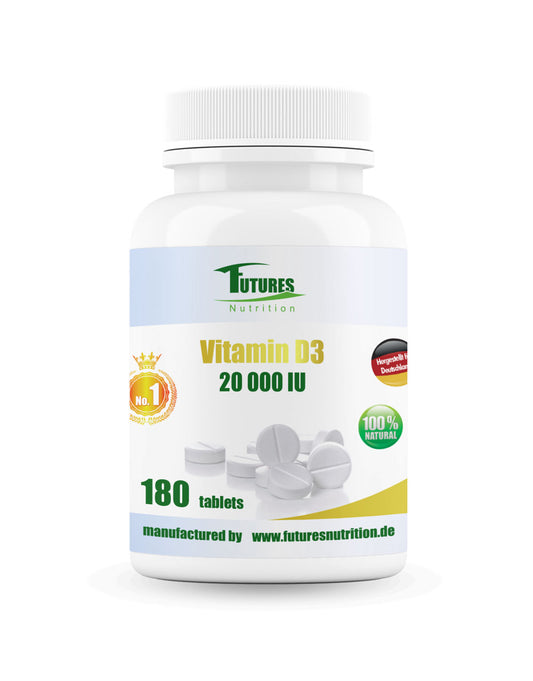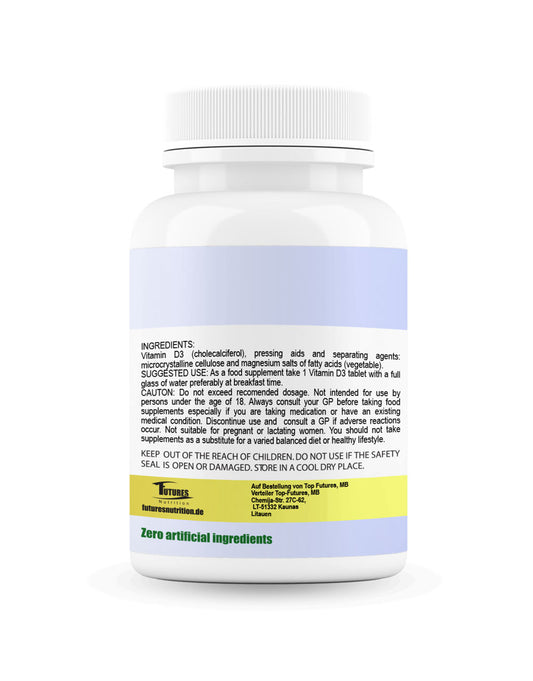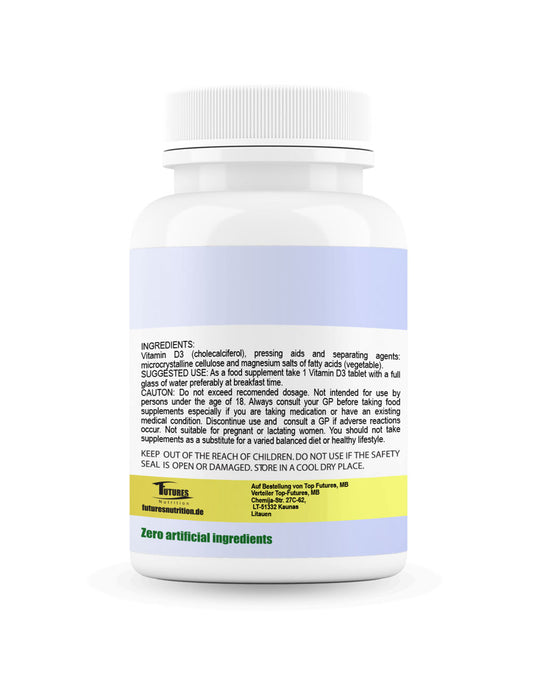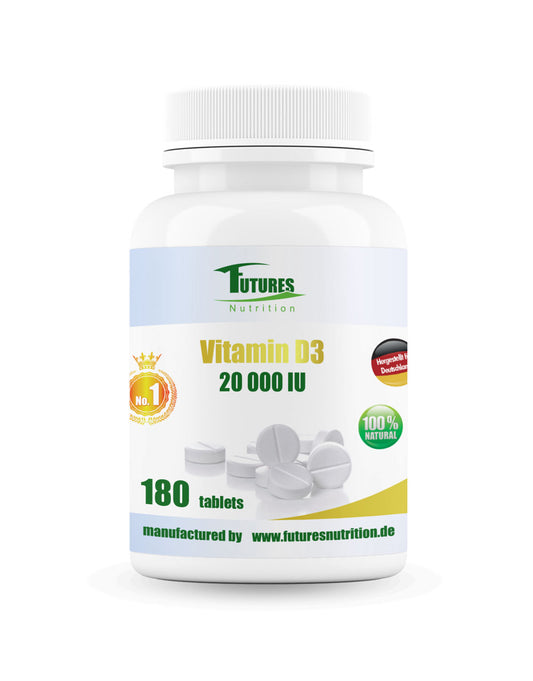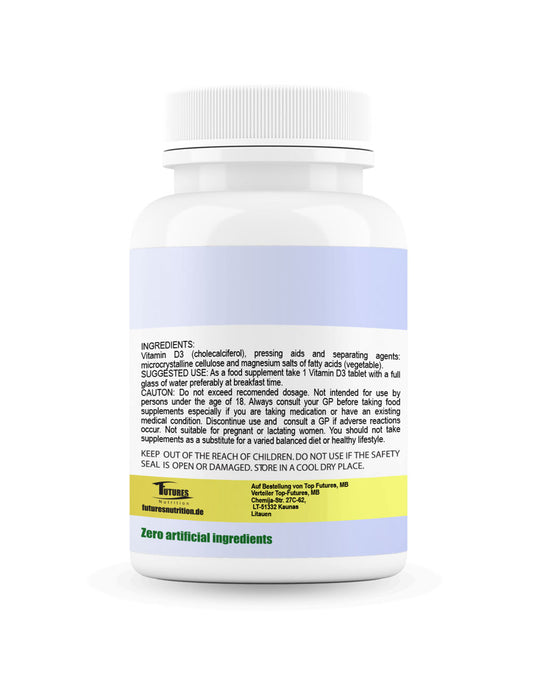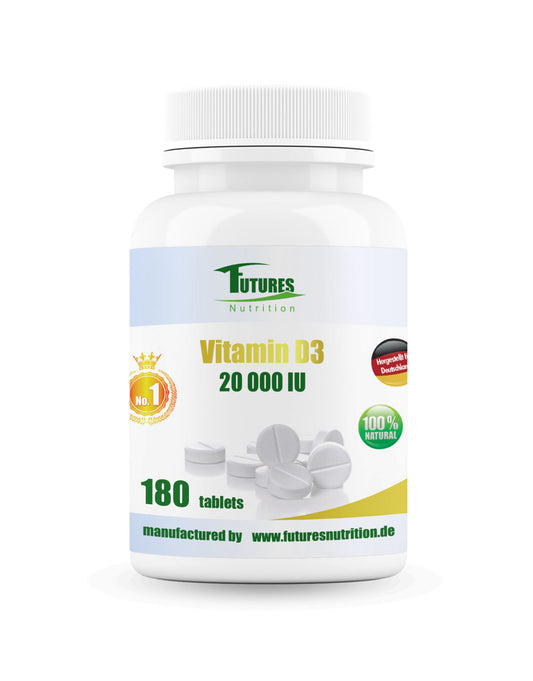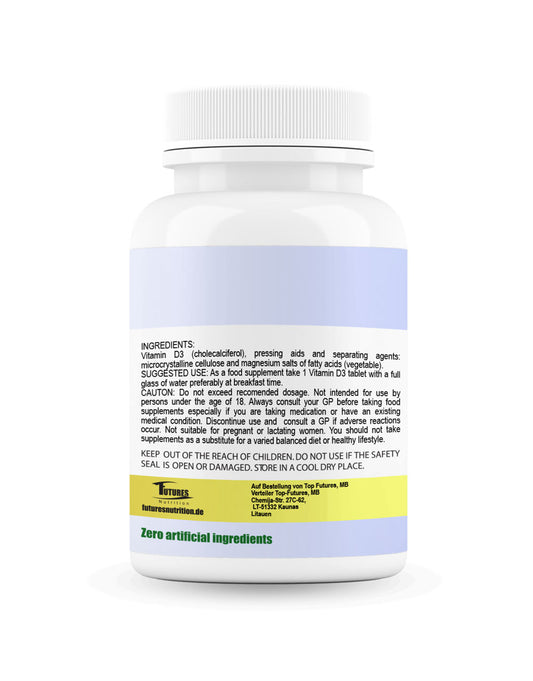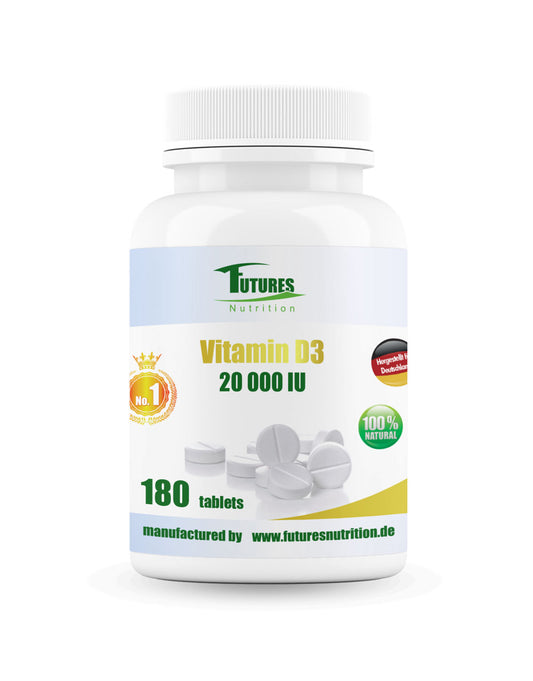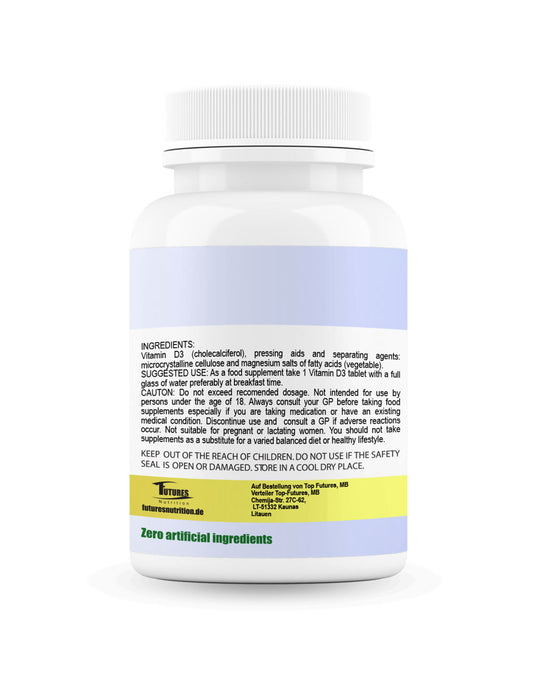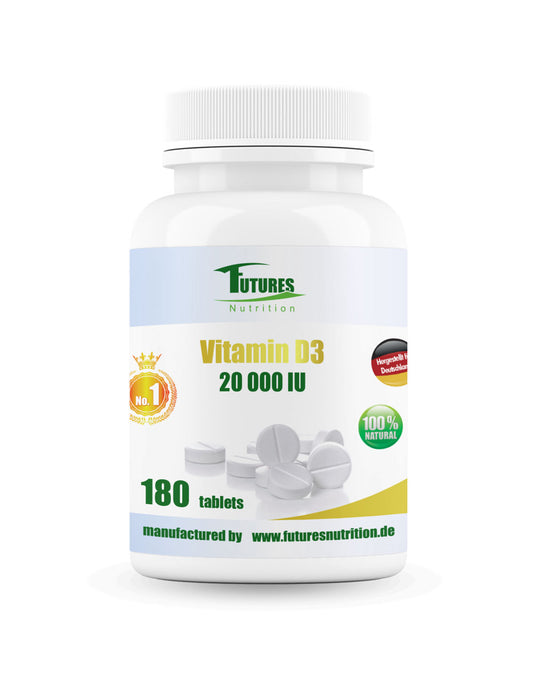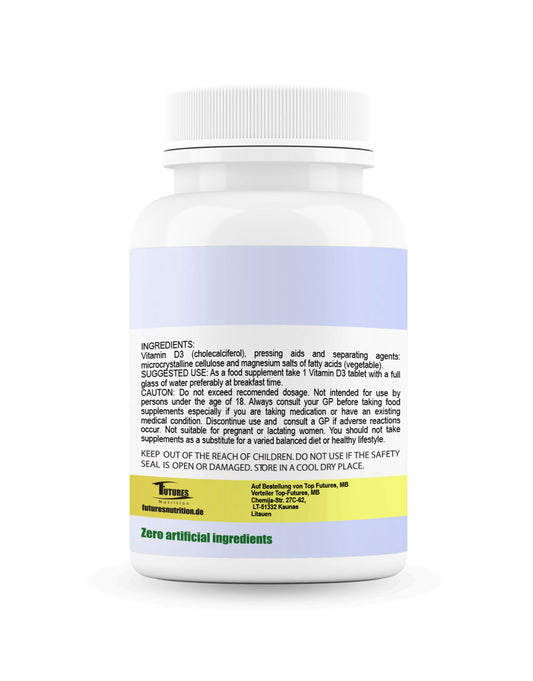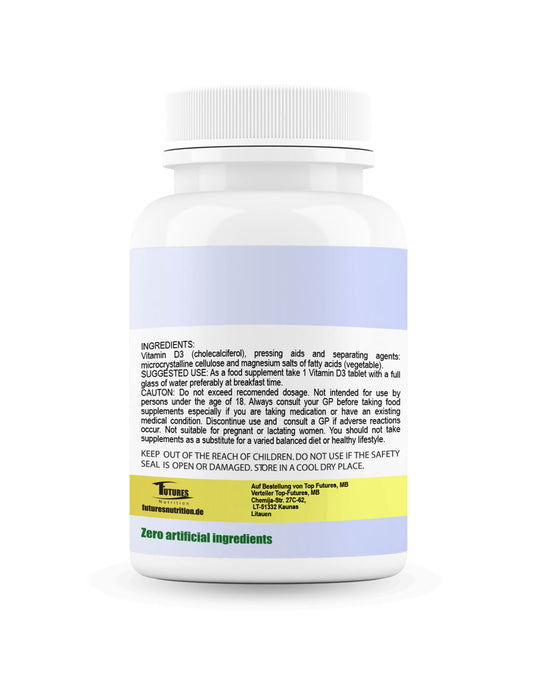Vitamina D di ottima qualità. Consiglio questo prodotto.
Collection: Vitamin D3 20000 IU 180 tablets
-
Vitamin D3 20000i.e 180 tablets
Regular price €16,60Regular priceUnit price / per -
2 x Vitamin D3 20000i.e 360 tablets
Regular price €30,00Regular priceUnit price / per€0,00Sale price €30,00 -
3 x Vitamin D3 20000i.e 540 tablets
Regular price €38,89Regular priceUnit price / per -
5 x Vitamin D3 20000i.e 900 tablets
Regular price €54,00Regular priceUnit price / per€0,00Sale price €54,00 -
10 x Vitamin D3 20000i.e 1800 tablets
Regular price €97,00Regular priceUnit price / per€0,00Sale price €97,00 -
50 x Vitamin D3 20000i.e 9000 tablets
Regular price €379,00Regular priceUnit price / per€329,98Sale price €379,00 -
100 x Vitamin D3 20000i.e 18000 tablets
Regular price €645,00Regular priceUnit price / per€0,00Sale price €645,00


